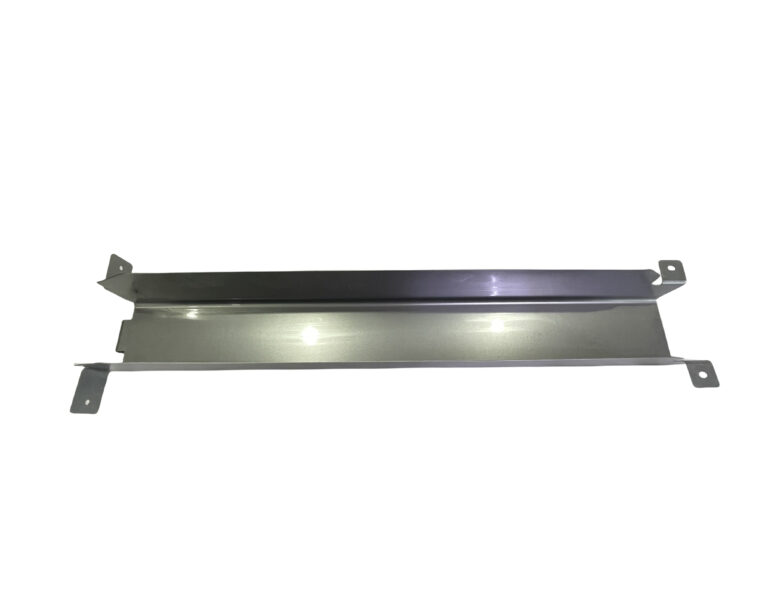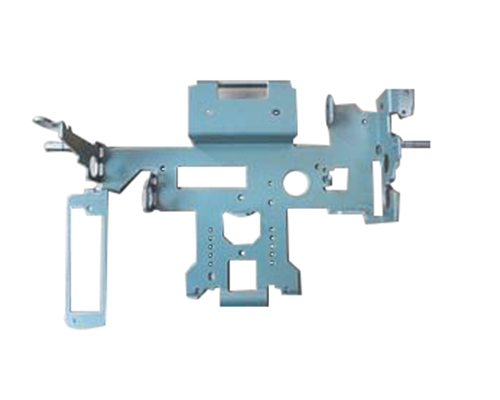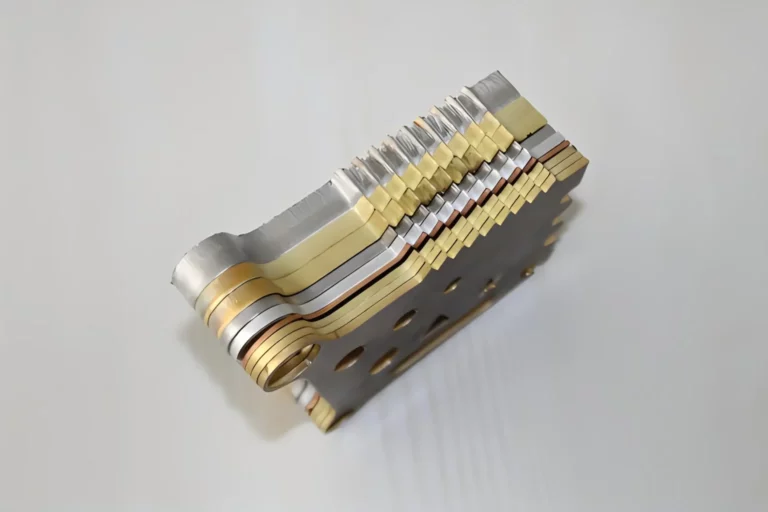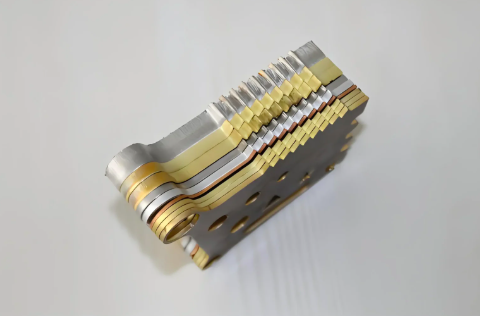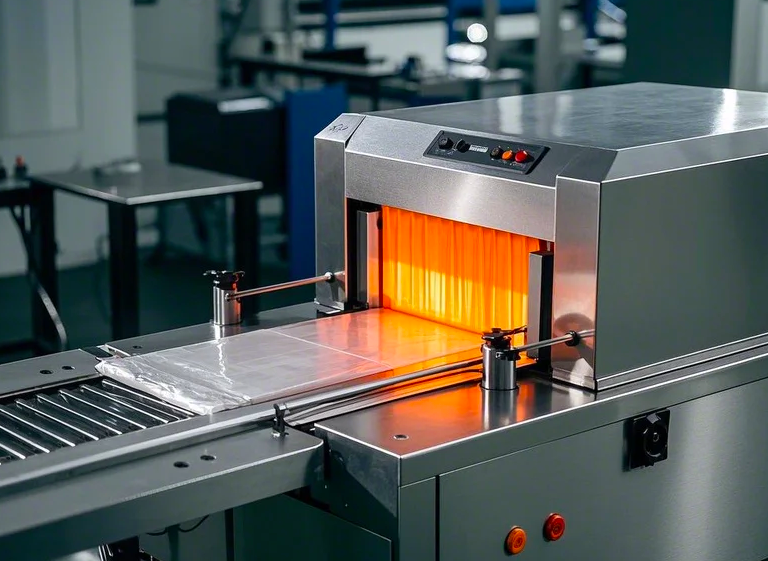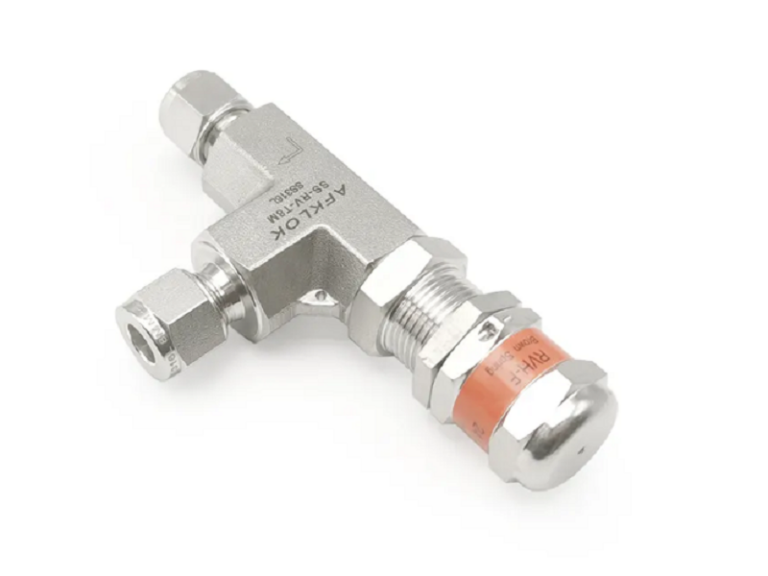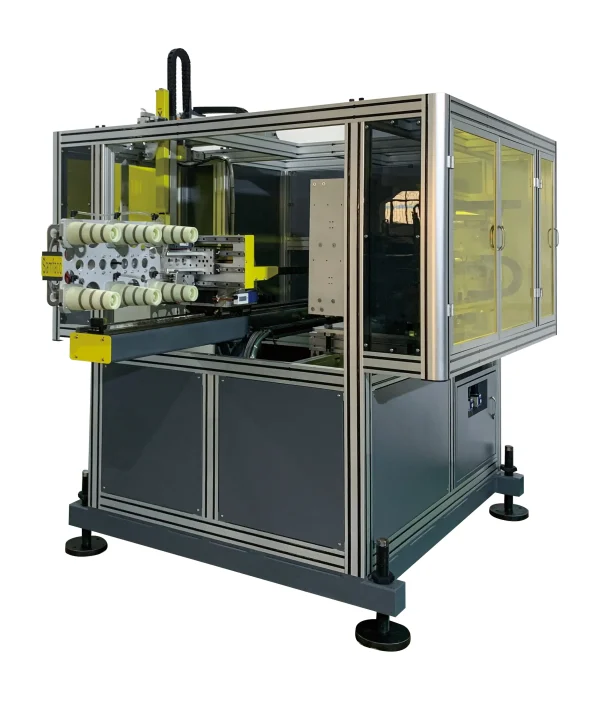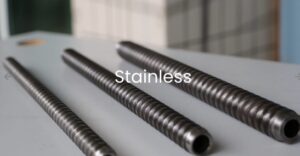Table of Contents
Selecting the right valve for a specific application involves careful consideration of various factors to ensure optimal performance, reliability, and cost-effectiveness. Here is a detailed breakdown of the key considerations:
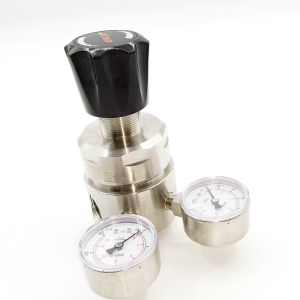
Understand the Application Requirements
– Working Conditions: Assess the typical operating conditions including pressure, temperature, and flow rates.
– Fluid Media: Identify the type of fluid (e.g., water, oil, chemicals, gases, steam).
– Flow Requirements: Determine the flow rate and direction.
– Pressure Requirements: Establish the maximum and minimum pressure levels.
– Temperature Requirements: Identify the expected temperature range of the fluid.
Select the Appropriate Valve Type
-Ball Valve: Ideal for quick shut-off and throttling of clean fluids.
– Gate Valve: Used for complete isolation of flow, especially in larger pipe sizes.
– Butterfly Valve: Good for throttling and isolation in smaller and larger diameters.
– Globe Valve: Offers precise flow control and can handle dirty fluids.
– Regulating Valve: Used for precise control of pressure or flow.
Material Selection
– Corrosion Resistance: Choose materials that are resistant to the corrosive effects of the fluid.
– High Temperature Resistance: Select materials that can withstand high temperatures without degrading.
Consider the Fluid Medium
– Type of Fluid: Determine if the fluid is liquid, gas, or steam.
– Temperature, Pressure, and Chemical Properties: Ensure the valve is compatible with these properties.
Flow Requirements
– Valve Size: Select a valve size that matches the system’s flow requirements.
– Flow Capacity: Ensure the valve can handle the required flow rate.
Pressure Grade
– Working Pressure Range: Choose a valve that can handle the system’s pressure demands.
– Pressure Rating: Verify the valve’s pressure rating against the system’s maximum pressure.
Temperature Range
-Working Temperature Range: Select a valve that can operate within the system’s temperature range.
– Seal Materials: Use seals that can withstand the temperature of the fluid.
Operation Mode
– Manual Operation: Suitable for infrequent operations.
– Automatic Operation: For processes that require frequent adjustments or remote control.
– Remote Control: Electric or pneumatic actuators for remote operation.
Sealing Requirements
– Seal Material: Choose a material that is compatible with the fluid and provides adequate sealing.
– Leak Rate: Determine the acceptable level of leakage.
Reliability and Maintenance
– Reliability: Opt for valves with a proven track record of reliable performance.
– Maintenance: Select valves that are easy to service and have readily available spare parts.
Cost Considerations
– Purchase Cost: Balance the initial investment with long-term benefits.
– Installation Cost: Factor in the cost of installation and integration into the existing system.
– Maintenance Cost: Estimate ongoing maintenance expenses.
Conclusion
By considering all these factors, you can make an informed decision about the most suitable valve for your application. It’s often beneficial to consult with professional engineers or valve suppliers who can provide expert advice tailored to your specific needs. This ensures that the selected valve will have the most economical service life and the best performance.
0


